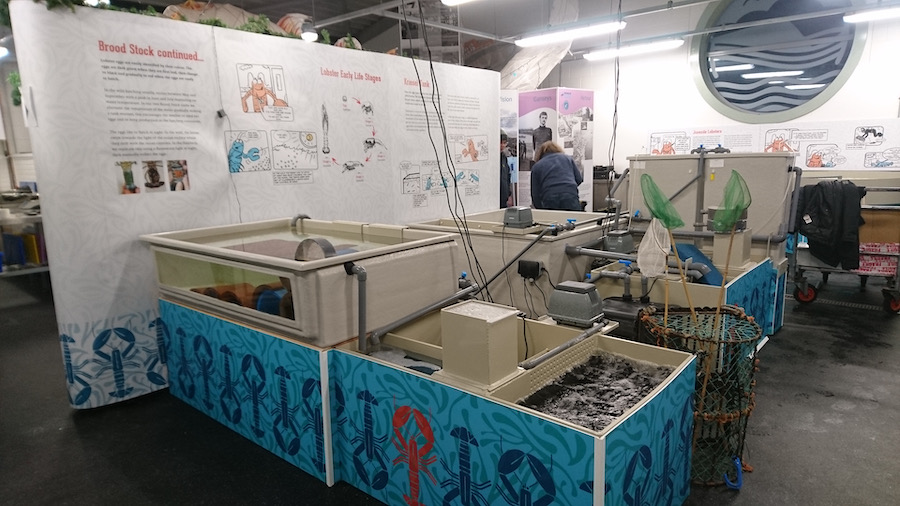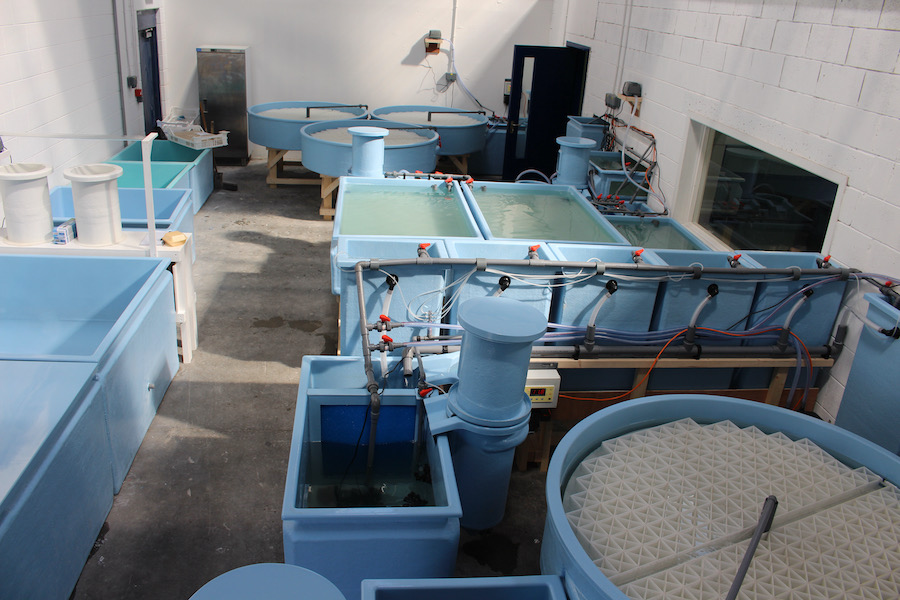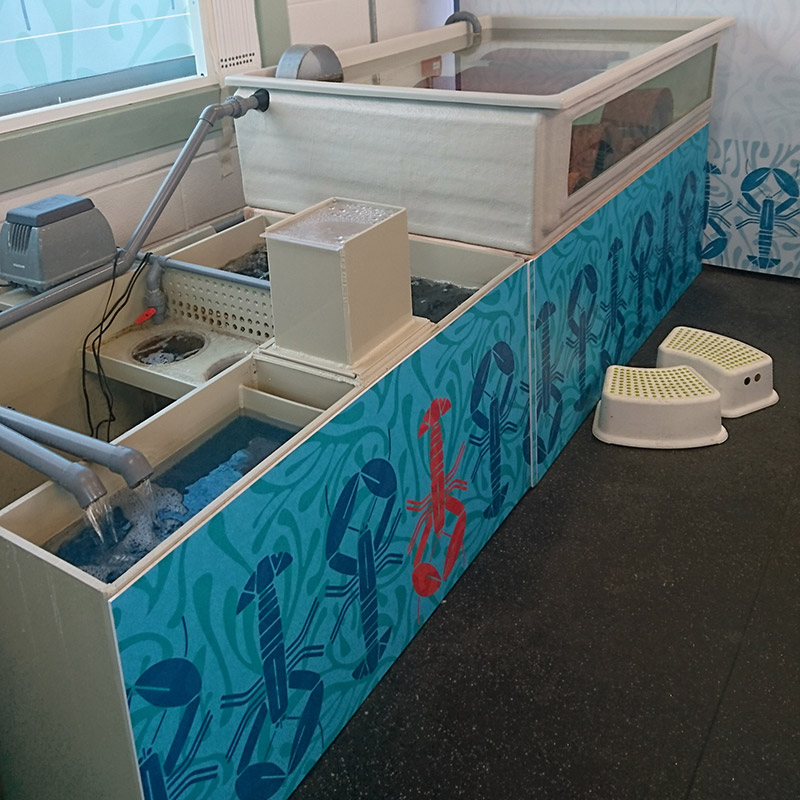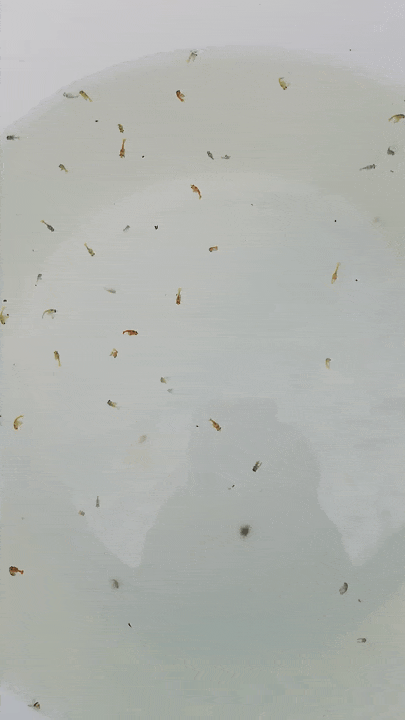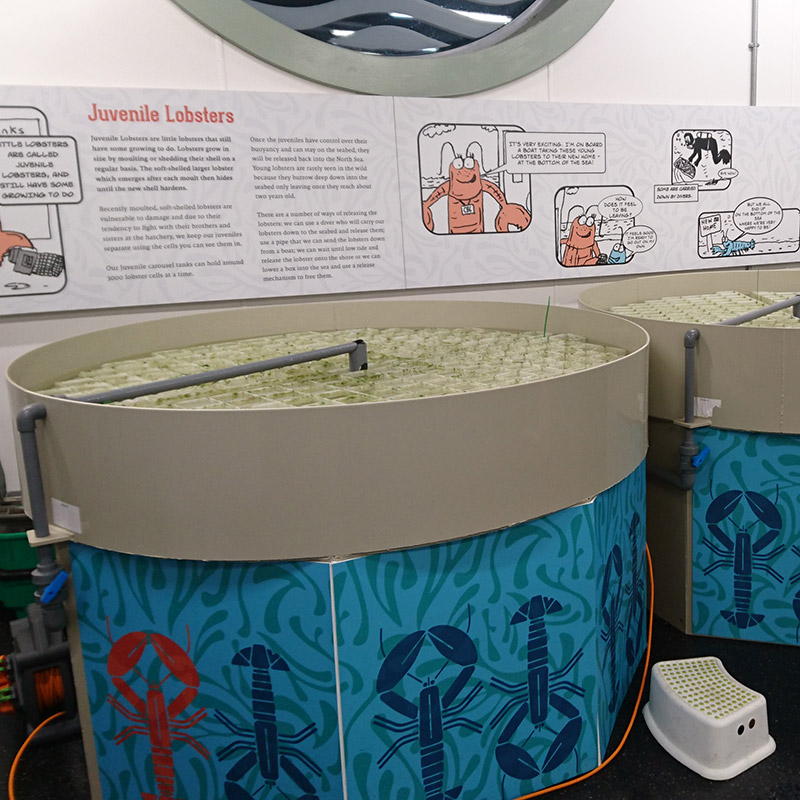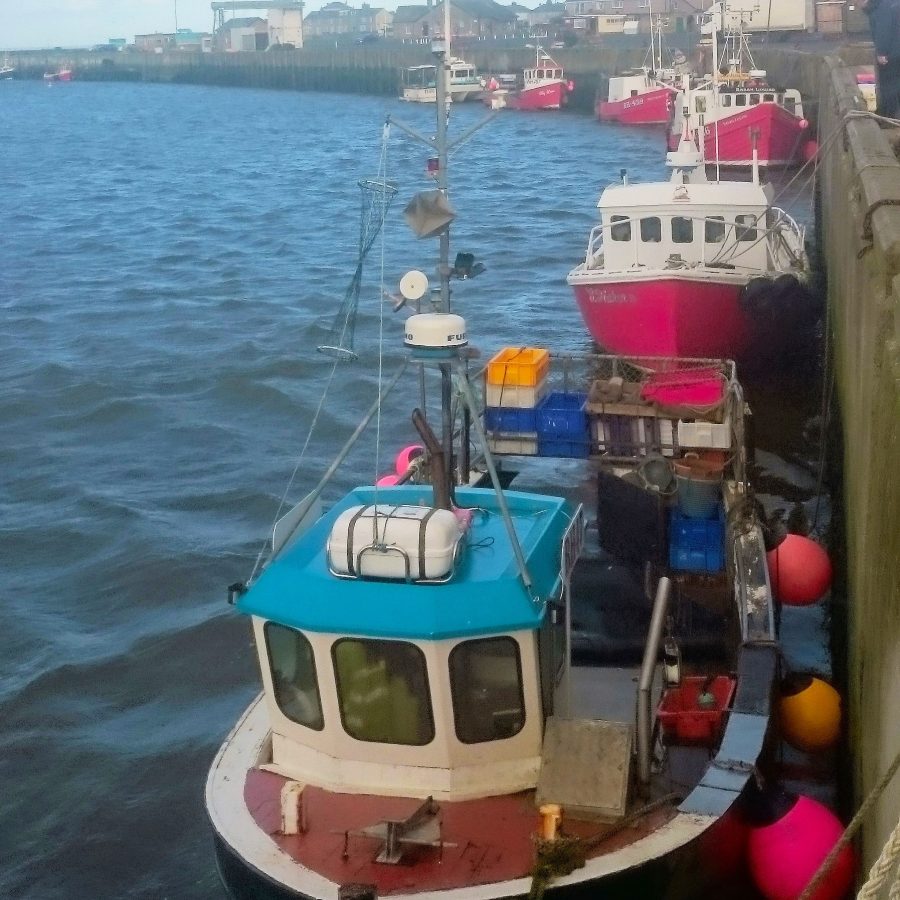At Todd Fish Tech, we believe that a healthy, thriving fishery begins with responsible innovation.
Our advanced lobster hatchery systems are designed to support fisheries enhancement projects across the UK and beyond, helping ensure there are always “plenty more fish in the sea.”
Founded by marine biologist Dr Keith Todd and aquaculture expert Errin Todd, Todd Fish Tech has pioneered a new generation of energy-efficient lobster hatchery technology.
Our systems produce environmentally fit juvenile lobsters using sustainable methods that minimise operational costs and maximise impact.
Why Lobster Hatcheries Matter
In the wild, only 1 in 10,000 lobster larvae survive to adulthood.
Lobster hatcheries dramatically improve these odds by nurturing lobster larvae in controlled environments until they pass the vulnerable larval stage. Juveniles are then released into the sea, contributing to healthier stocks.
Research has shown that up to 11% of these lobsters return to the fishery after 5–7 years, when they reach minimum landing size.

